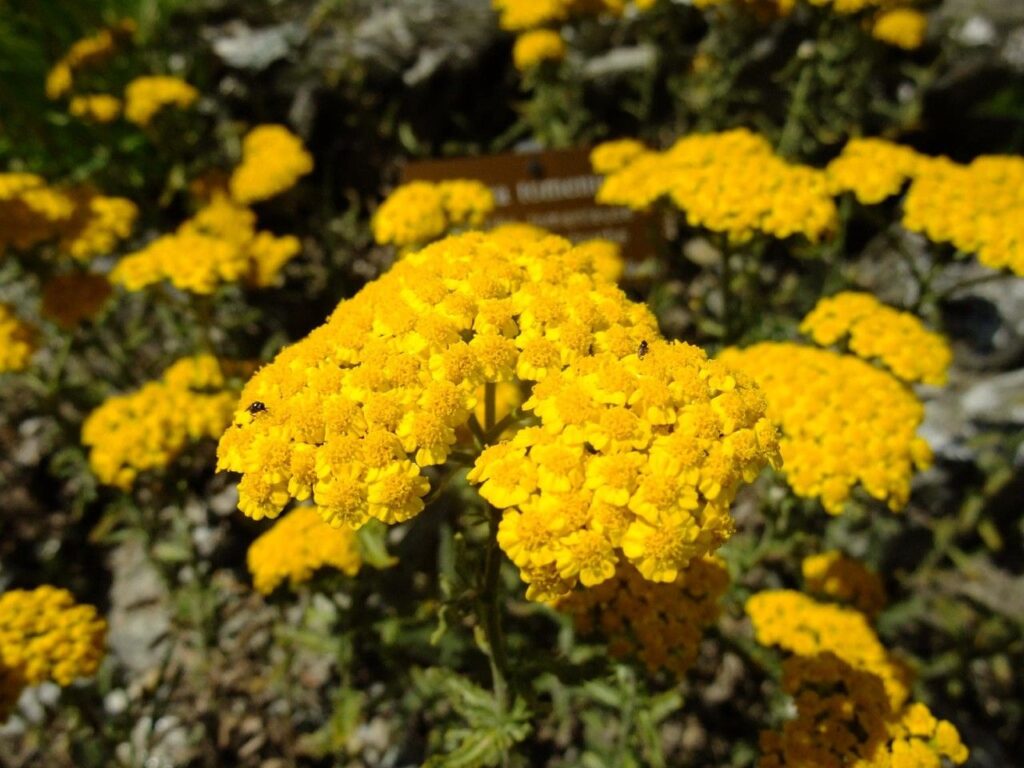Propagating Achillea leptophylla: A Guide for the Dedicated Gardener
Introduction
Achillea leptophylla, commonly known as fernleaf yarrow, is a captivating herbaceous perennial prized for its finely dissected, fern-like foliage and charming, usually white or pale yellow, umbel-shaped flower clusters. This compact plant, reaching heights of only 10-15 inches, adds delicate texture and airy grace to rock gardens, borders, and containers. Its drought tolerance and adaptability make it a popular choice among gardeners, but its propagation can present unique challenges. While readily available commercially, propagating Achillea leptophylla offers a rewarding experience for the dedicated plant enthusiast.
Seed Germination
Currently, there are no known reliable methods for seed germination propagation of Achillea leptophylla. While the plant does produce seeds, their germination rate is notoriously low, and success is largely unpredictable even under controlled conditions. Further research into specific germination requirements is needed.
Cuttings
1. Viability: Softwood cuttings taken in spring or early summer offer the most promising method for propagating Achillea leptophylla.
2. Challenges and Tips: The key challenge lies in preventing rotting due to fungal diseases. Use sharp, sterile tools to take cuttings, ensuring a clean cut just below a node. Dip the cut end in a rooting hormone powder to encourage root development. Plant cuttings in a well-draining, sterile propagation mix (e.g., perlite and vermiculite). Maintain high humidity using a cloche or propagator and ensure good ventilation to prevent fungal growth. Consistent moisture is vital, but avoid overwatering which leads to rot.
3. Rewards: Cuttings offer a relatively quick method of propagation, producing genetically identical plants to the parent plant. This is particularly valuable if you have a specific cultivar with desirable characteristics.
Division
1. Viability: Division is a reliable and relatively easy method for propagating established Achillea leptophylla plants.
2. Challenges and Tips: The best time for division is in spring or early autumn. Carefully dig up the established plant and gently separate the crown into smaller sections, each with its own healthy roots and shoots. Plant the divisions immediately in well-prepared soil, ensuring adequate spacing for growth. Water thoroughly after planting.
3. Rewards: Division is efficient, producing several new plants from a single mature plant. It also helps rejuvenate older plants, preventing overcrowding and promoting vigorous growth.
Tissue Culture
1. Viability: Tissue culture is a viable but technically complex method for propagating Achillea leptophylla.
2. Challenges and Tips: This method requires a sterile laboratory environment, specialized equipment, and a thorough understanding of plant tissue culture techniques. Sterilization of the explants (plant material) is crucial to prevent contamination. Appropriate growth media and hormonal balances need to be carefully controlled to induce shoot and root development.
3. Rewards: Tissue culture allows for large-scale propagation of genetically identical plants, particularly useful for preserving rare cultivars or producing large quantities for commercial purposes. It also offers the potential for disease elimination.
Conclusion
Propagating Achillea leptophylla presents varied challenges depending on the chosen method. While seed germination is largely unreliable, vegetative propagation through cuttings and division offers greater success rates for the home gardener. Tissue culture, while technically demanding, enables large-scale production. The rewards, however, are significant: the satisfaction of cultivating this delicate plant from a cutting or division is deeply rewarding, a testament to patience and horticultural skill. Don’t be discouraged by initial setbacks; with careful attention to detail and the right technique, you can successfully propagate this beautiful plant and enjoy the unique beauty it brings to your garden for years to come.
